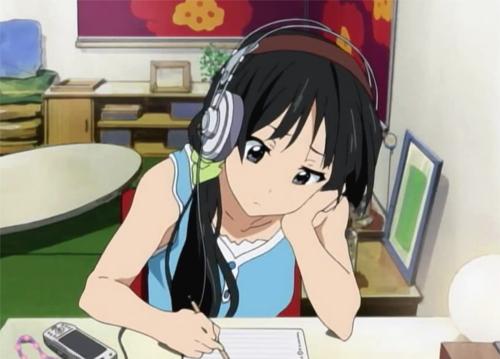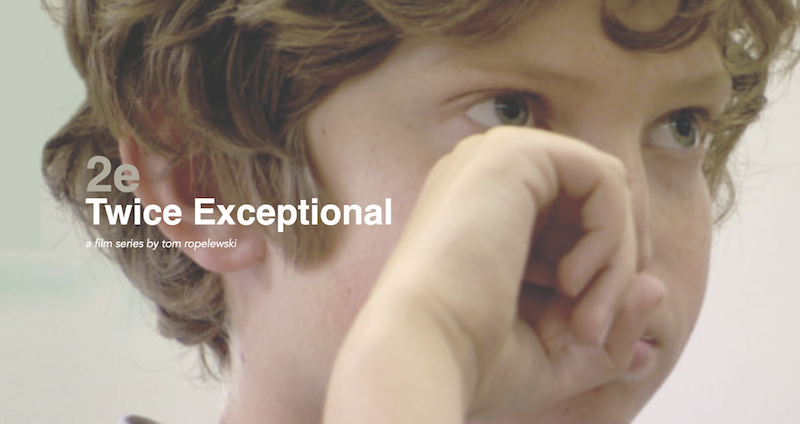Category: Parenting
-

Making online interactions real
No matter how great online interactions are, they are made even more meaningful with real-life experiences to share.
-

On moral violence
When we share our writing with others, we are making implicit moral choices and making explicit declarations of who we are as people. I encourage all parents to ask their kids questions about violence in their writing, and then listen to the answers.
-

2e: Twice Exceptional Movie Review
2e: Twice Exceptional is a low-budget documentary with heart. There’s nothing fancy about this peek into the lives of twice-exceptional teens, their parents, and their teachers. But just the existence of this documentary is revolutionary enough. 2e? The average reader’s first question is obvious: 2e? What’s that? I wrote a long discourse on the topic…
-
“What do you have against the public school system?”
It’s the sort of question homeschoolers report receiving in stores, at the Thanksgiving dinner table, while pumping gas… In this case, it was in the hot tub at my health club. He prefaced the question by explaining that public education “was sort of a family business,” with relatives working as teachers and administrators. When he…
-
What are your kids watching?
This one school year, I have had more students referencing violent memes, more students taking part in destructive and deceptive communities, more students writing about violent fantasies. Do you know what your child is watching?